
Restoration of the mangrove of Cuajiniquil: a testimony from the Phoenix expedition
Phoenix expedition is a sailing expedition whose ambition is to participate in the “regeneration of the ocean”. Leaving from Brittany in February 2022 to California,

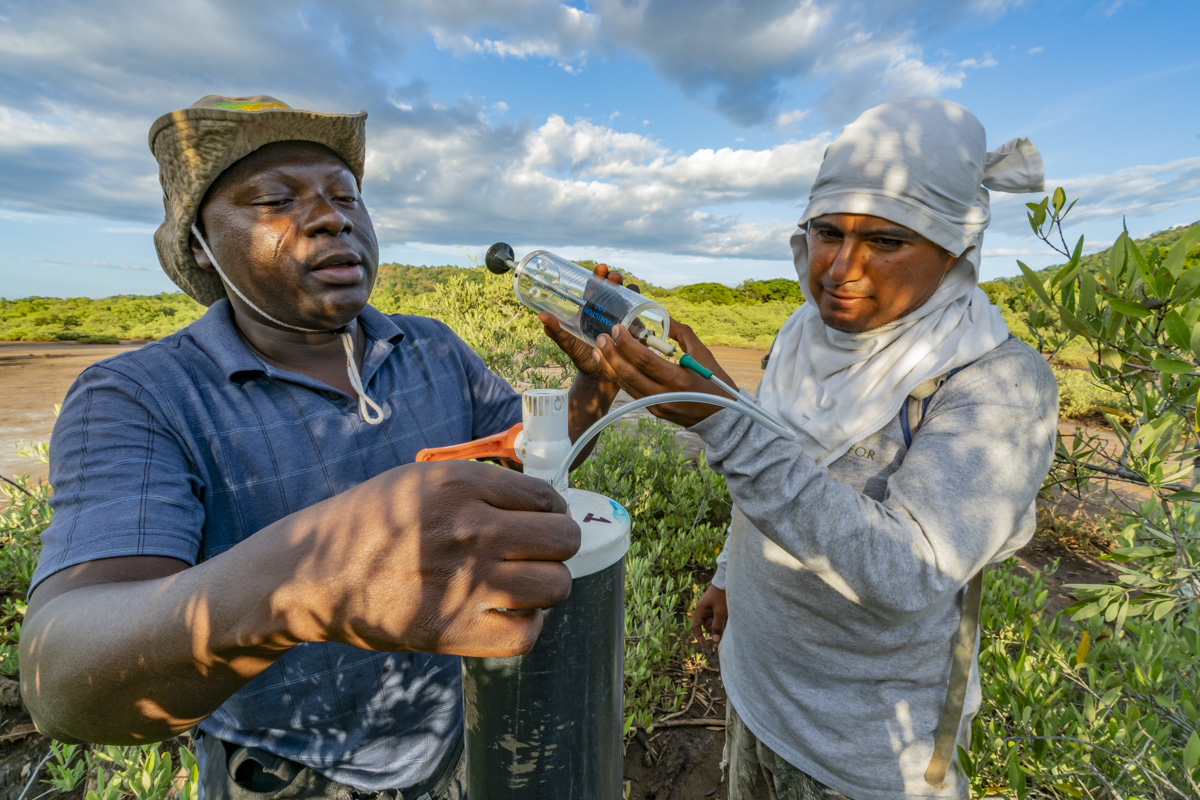
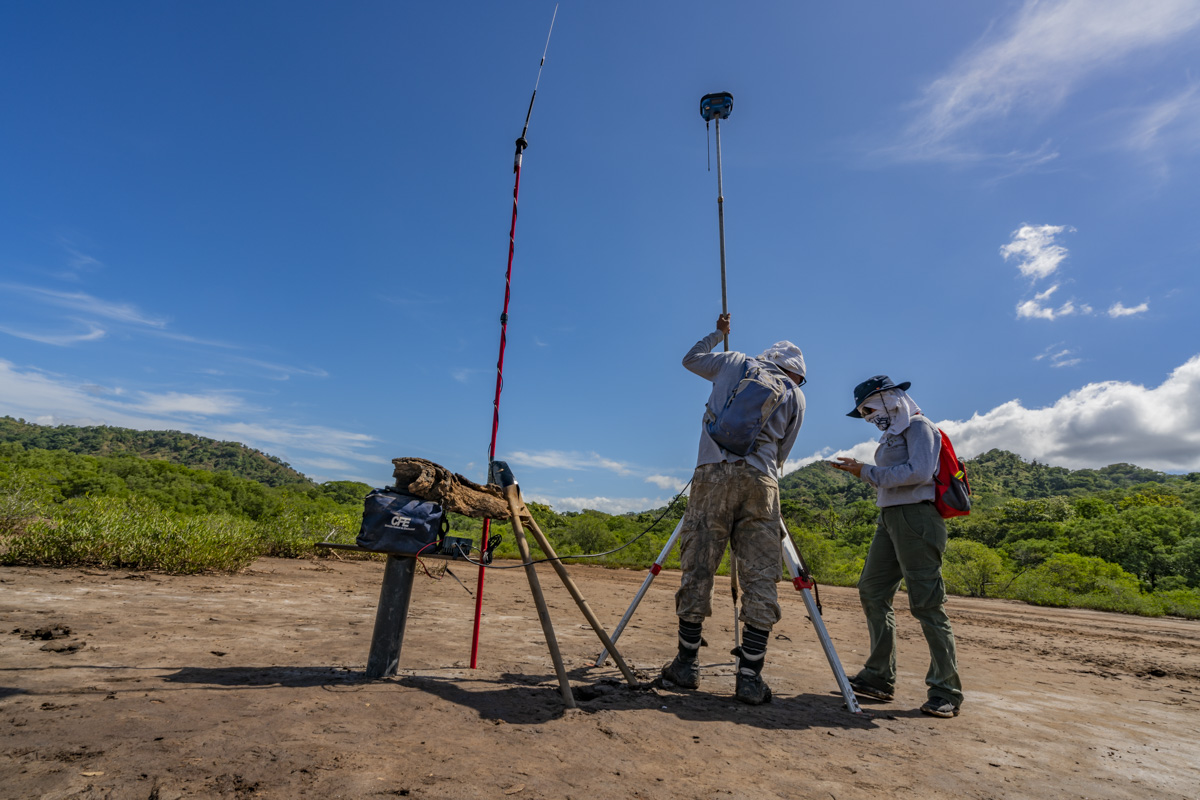
The goal of this project is to establish a comprehensive ecological restoration programme, between 2017 and 2021, over an area of approximately 31 hectares at three sites in Costa Rica and 30 hectares in Benin, Africa. Restoration of the various sites will be based on technologies used in ecological restoration programmes in Mexico. It involves managing hydrological dynamics using hydrodynamic models and chemical analyses of pore water quality, and then reinstating vegetation cover using propagules of the Rhizophora, Laguncularia and Avicennia species.
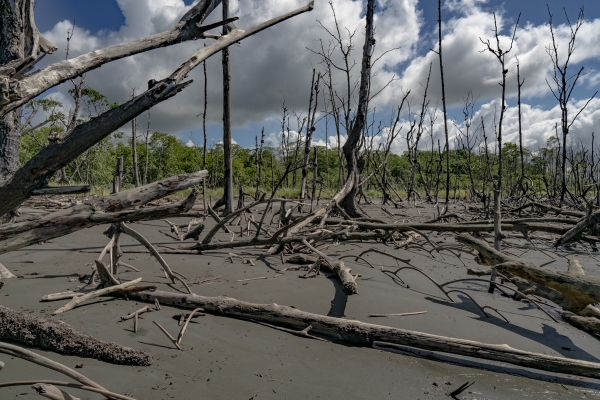
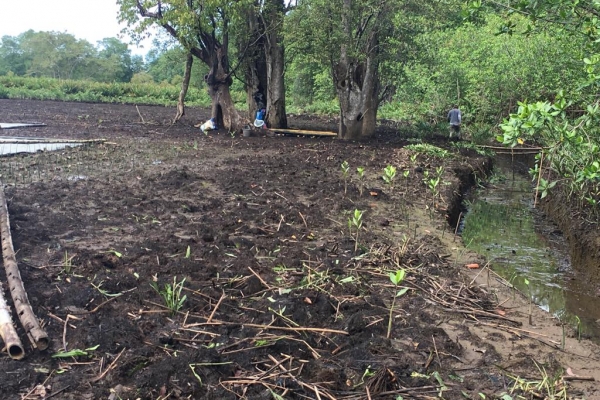

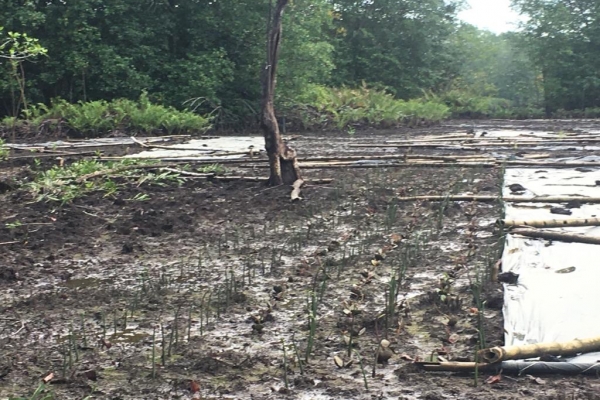
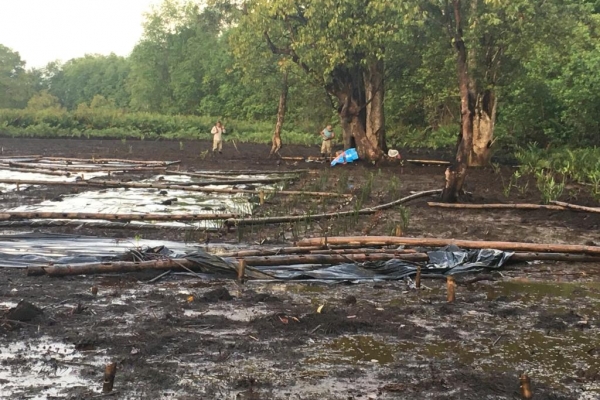
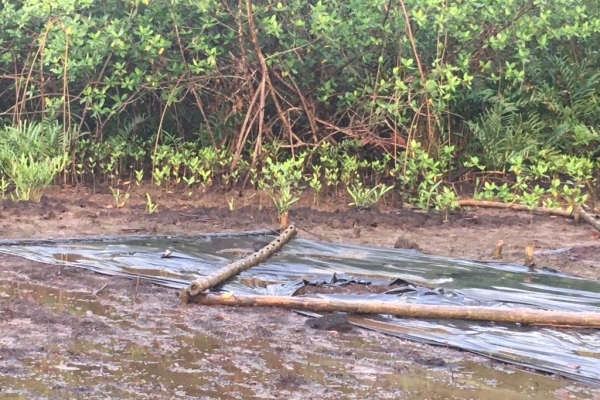
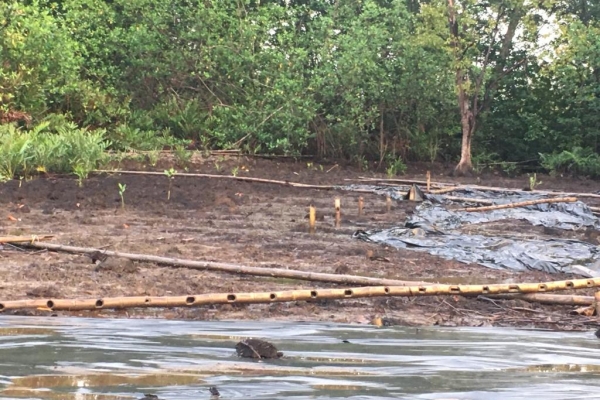
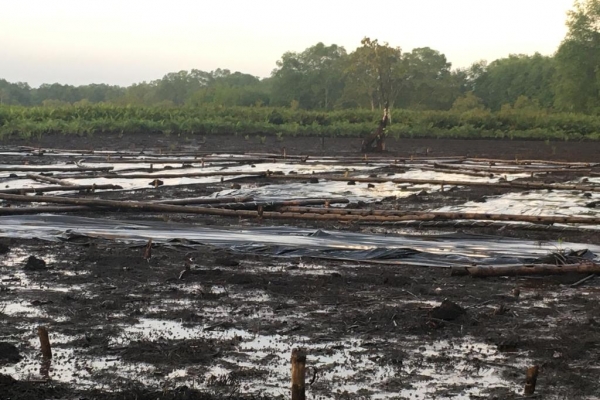
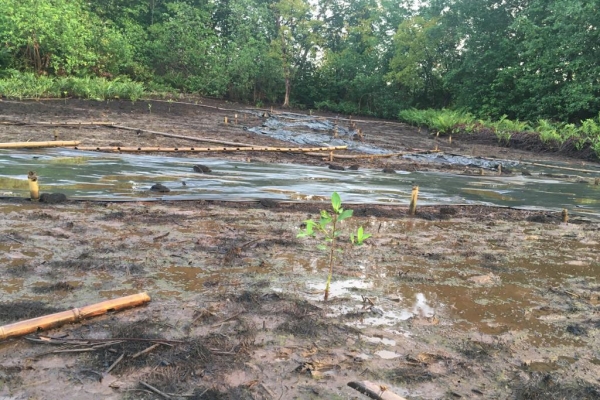
Costa Rica :
Térraba-Sierpe site
Mangroves are threatened by agricultural development (rice, oil palm and teak plantations, livestock, pollution spread by the intensive use of inputs in farming) and sedimentation from watershed erosion. Mangrove mortality encourages colonisation by an invasive fern native to Costa Rica called Negra Forra (Acrostrichum aureum).
Restoration:
As this plant cannot survive in sea water, the proposed technique involves flooding the plains by opening up channels according to the local microtopography. The plain will then be recolonised by mangroves, either through seeding with mangrove propagules or by transplanting mangrove plants from nurseries set up beside the sites undergoing restoration.
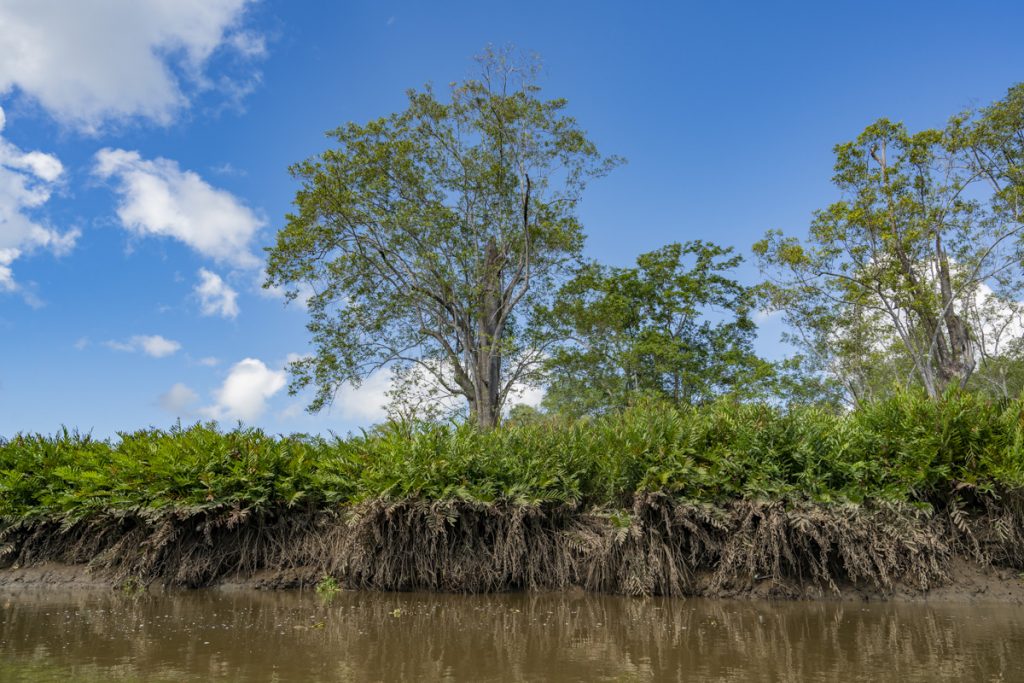
Costa Rica :
Chomes site, Puntarenas
The mangrove area, which is one of the most susceptible, has been heavily deforested for urbanisation, salt production, mariculture (shrimp) and the harvesting of mangrove bark for the leather industry. Today, the greatest threats are posed by the constant encroachment of agriculture (sugar cane production), agricultural pollution related to the use of inputs in the catchment area and marine pollution.
Restoration:
The project involves hydrologically restoring shrimp cages and then working with the local community to reforest the affected areas. It will also study different mangrove species and planting methods.
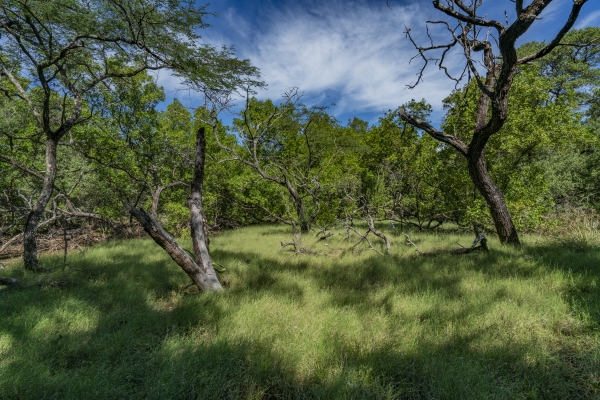
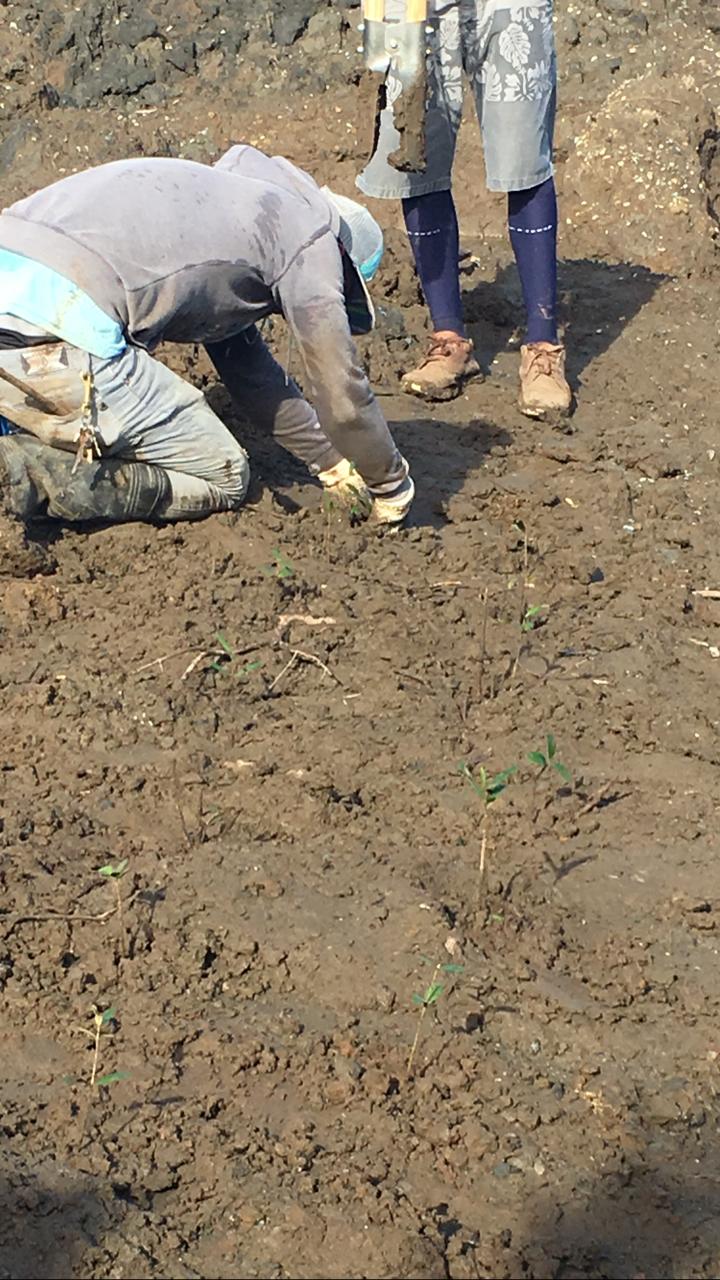
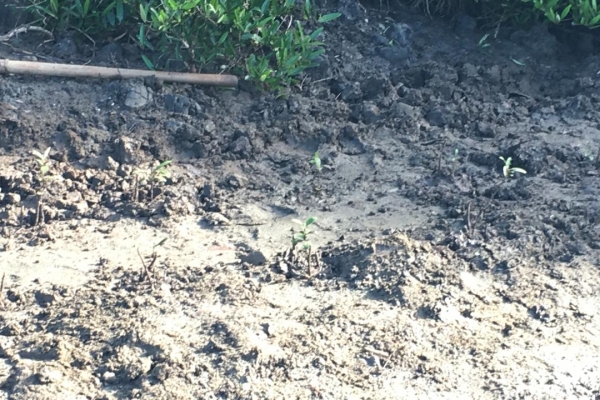
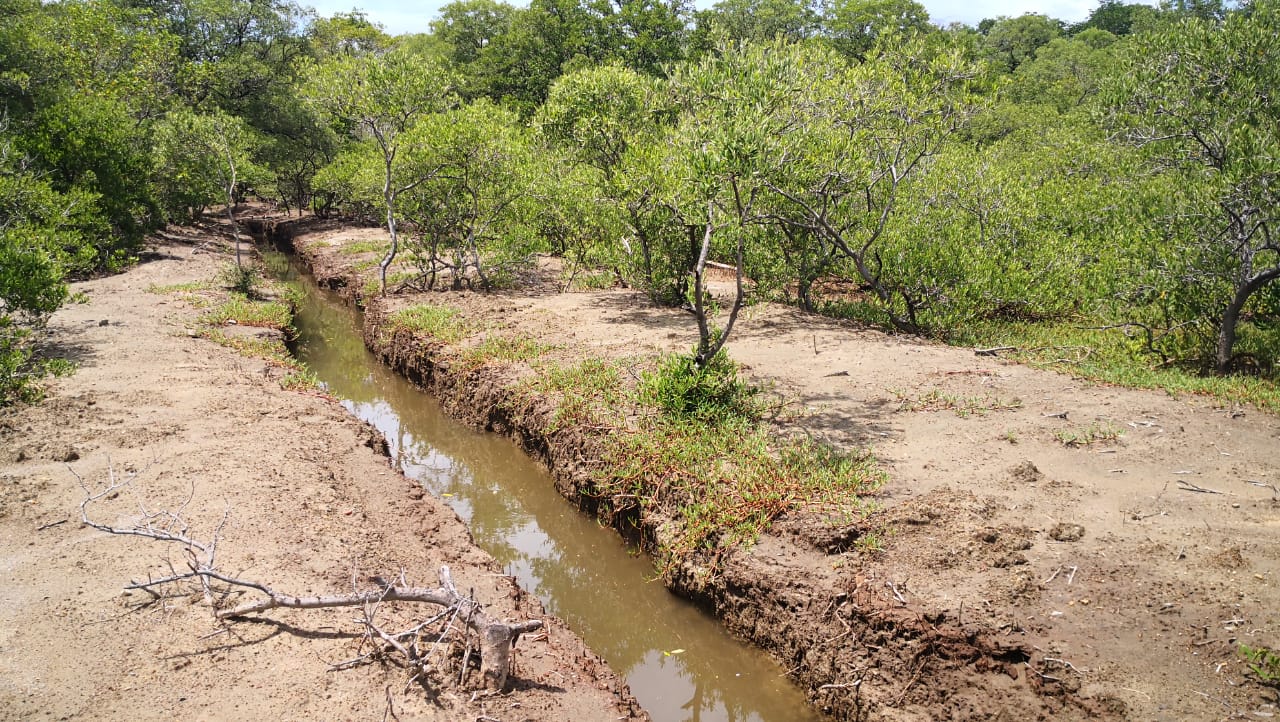
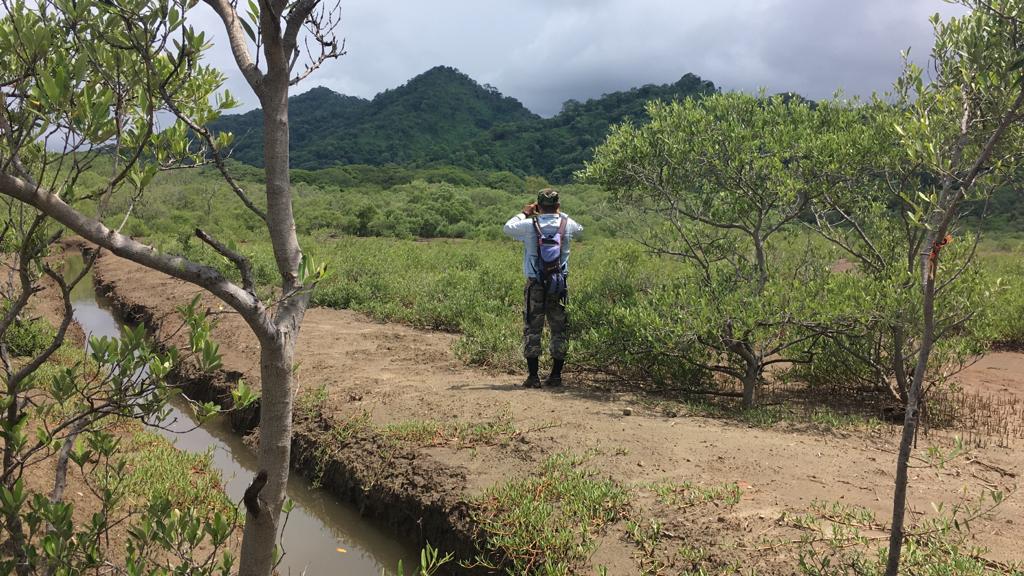
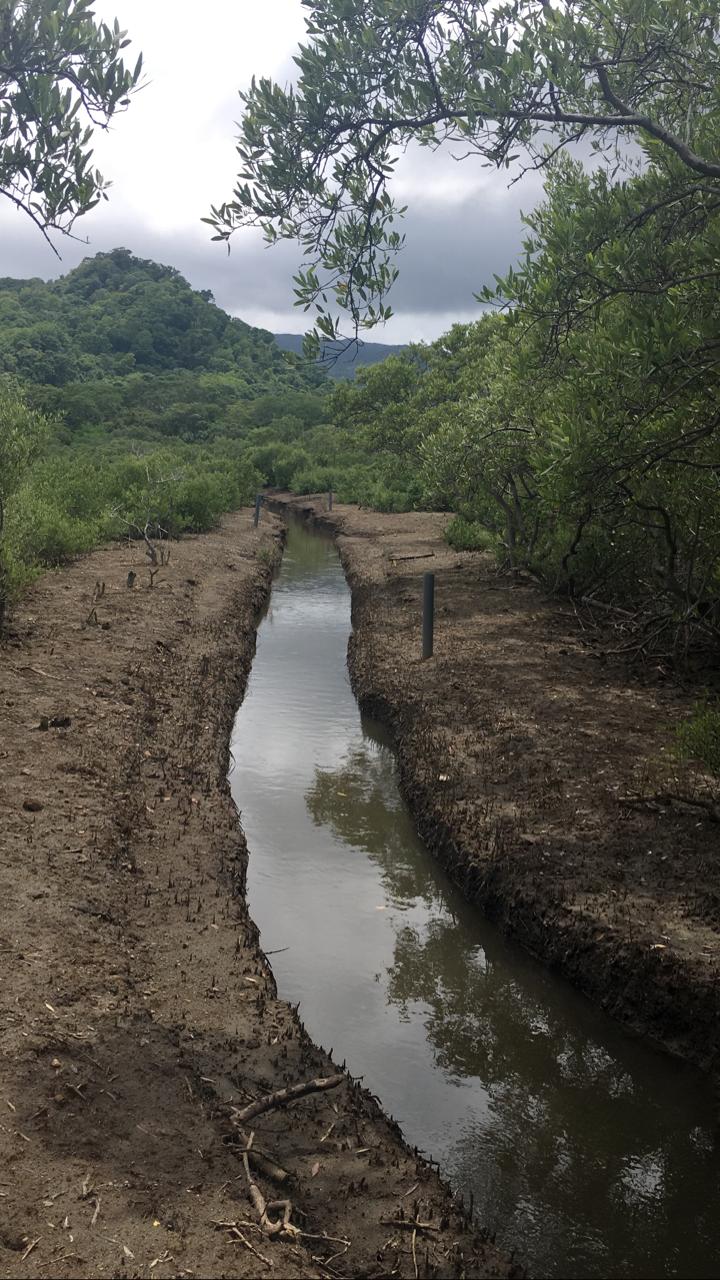
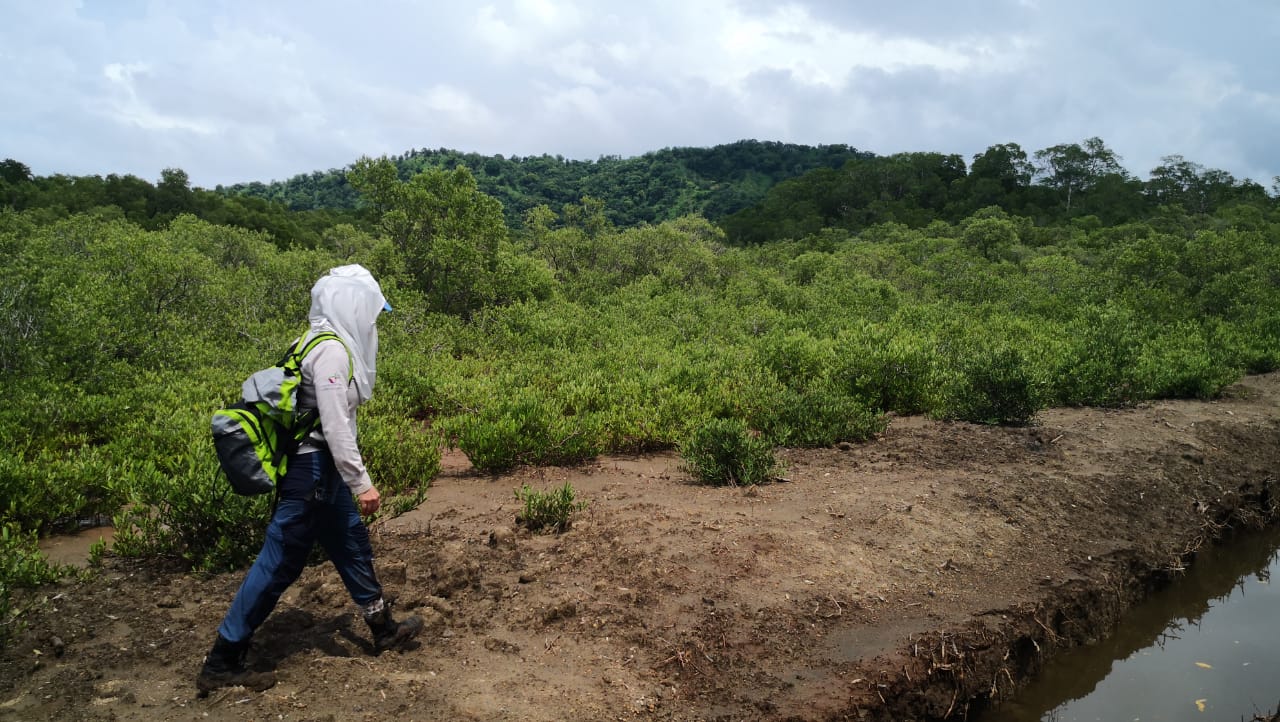
Costa Rica :
Cuajiniquil site
Mangroves in this region of the north Pacific are restricted to areas that rarely exceed 20 hectares. The structure of these ecosystems is unique in Costa Rica. Historically, salt production was the main cause of the deforestation of the site’s mangroves. Today, however, the only threat to the mangroves appears to be the urbanisation of the Cuajiniquil region.
Restoration:
The former salt marsh to be restored covers an area of approximately 7 hectares. A microtopography analysis will identify the channel network that needs to be created in order to restore the area’s hydrological functions. This water-based restoration project is designed to re-establish the natural flow of the water, which will dilute the salts and restore oxygen to the soil. Today these variables seem to be the main factors limiting the natural regeneration of this former salt marsh.
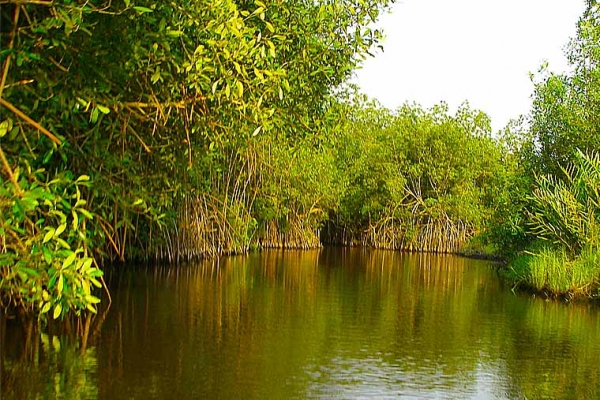
BENIN: OUIDAH AND GRAND POPO SITES (MONO RIVER DELTA)
Between 1980 and 2006, Benin lost a quarter of its mangroves. Most of the coastal mangroves of the Mono River delta, which fall within the scope of RAMSAR sites, are located in the municipalities of Ouidah and Grand Popo. These districts comprise a large number of coastal villages whose activities essentially involve exploiting natural mangrove resources. In the lakeside villages of Ouidah, salt production is the main – and sometimes the only – source of income for the local population, placing enormous pressure on the mangroves. As a result, many areas around these villages have been totally deforested.

Phoenix expedition is a sailing expedition whose ambition is to participate in the “regeneration of the ocean”. Leaving from Brittany in February 2022 to California,
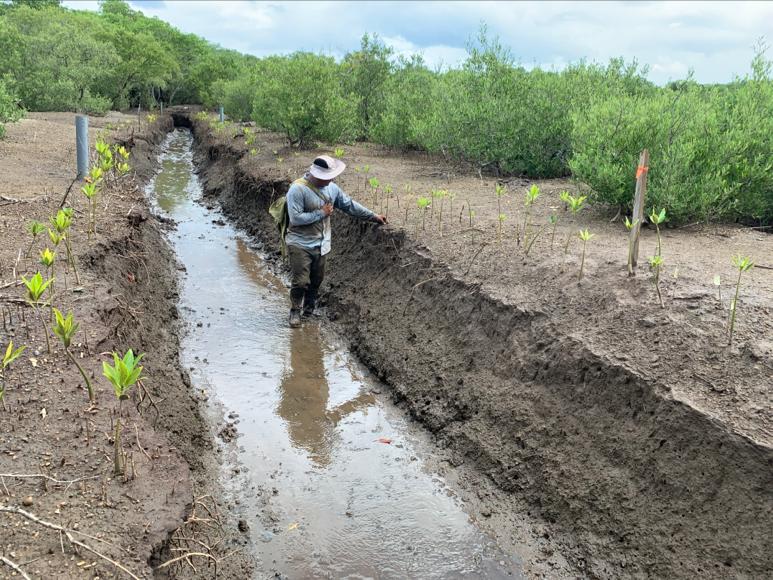
These videos report on the magnificent restoration work carried out in the mangrove Bahia Tomas (Cuajiniquil), with the project teams and the community of
> Fondation Neotrópica website (Fundación Neotrópica)
> Video about the Benin project
> Le creusement des canaux de restauration hydrologique au Costa Rica (1) et (2)
> Press article about the project
> Pilot project for the ecological restoration of mangroves in Costa Rica and Benin
> Costa Rica restaurará humedal Térraba-Sierpe con ayuda de México
PROJECT MANAGER
> Bernardo AGUILAR GONZALEZ
Neotrópica Foundation Director
baguilar@neotropica.org
> Claudia MARICUSA AGRAZ HERNANDEZ
Research Professor – EPOMEX Institute – Coastal wetlands laboratory (water quality, gas emissions, productivity and soil)
clmagraz@uacam.mx
> M.Sc. Jacklyn RIVERA WONG,
Responsable du projet pour le SINAC, Sistema Nacional de Áreas de Conservación de Costa Rica, del Ministerio de Ambiente y Energía (MINAE) de Costa Rica
> Ebénézer HOUNDJINOU, ONG CORDE
(Coordination for Environmental Research and Development) Benin Environment Agency
ebenezer@neotropica.org
RESTORATION, CONSERVATION AND SUSTAINABLE MANAGEMENT OF MANGROVES IN COSTA RICA AND BENIN IN THE FACE OF CLIMATE CHANGE
The project seeks to restore and promote the sustainable management of the mangroves so that the coastal wetlands of Costa Rica and Benin can better mitigate and adapt to climate change. The project involves transferring the technologies and skills developed in Mexico to Costa Rica and Benin. The goal is to restore pilot mangrove sites with a view to replicating the project on a larger scale. This cooperation process should allow Costa Rica to implement its “Social Blue Carbon” public policies more effectively.